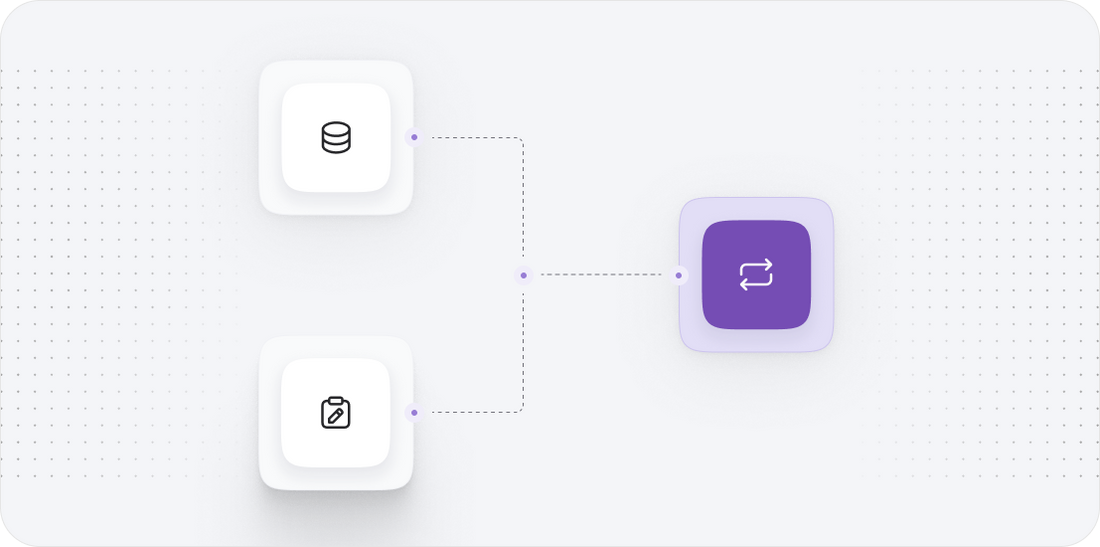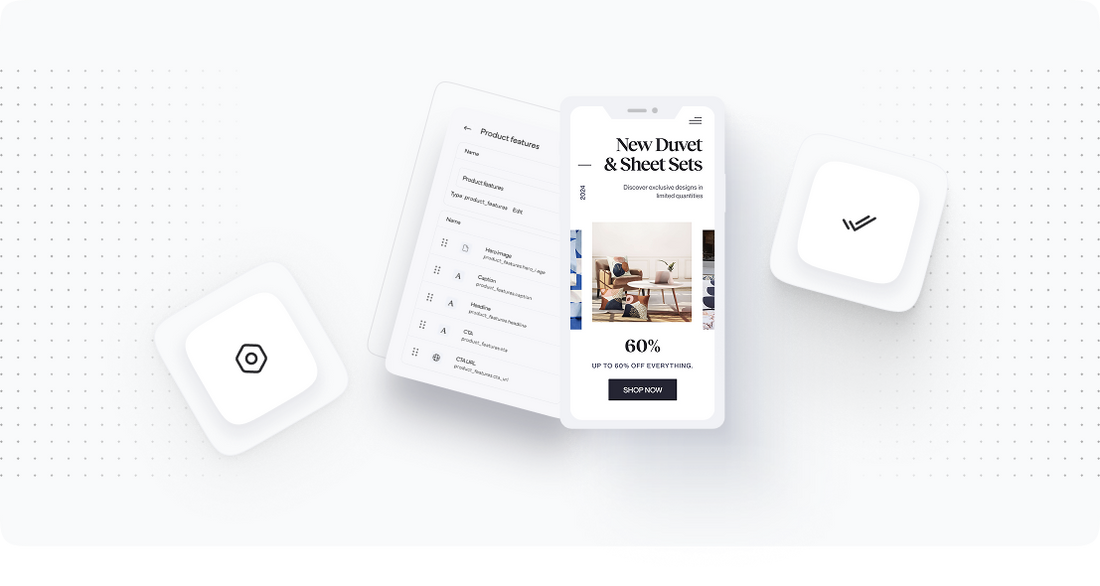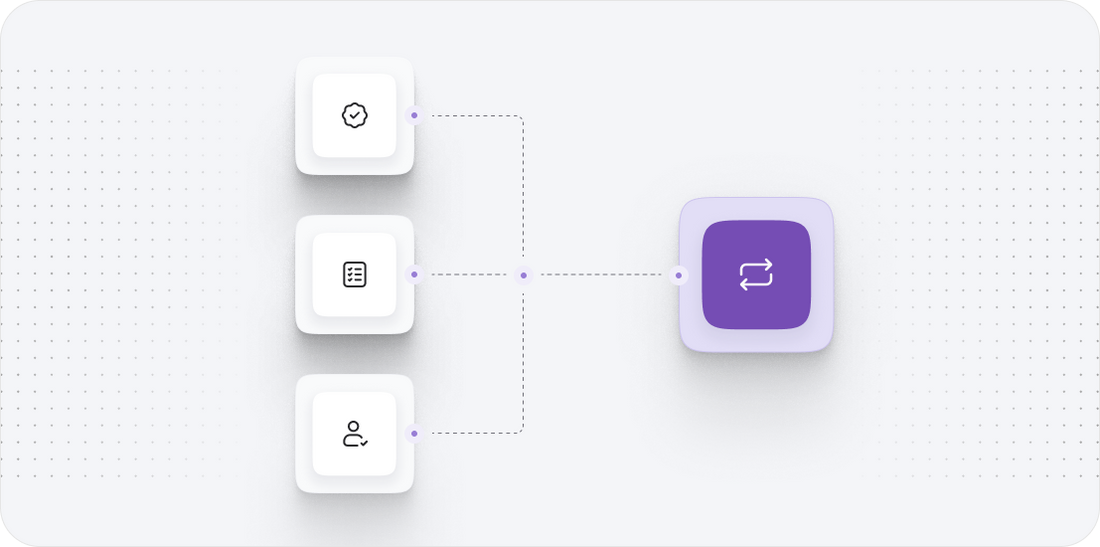





Oscommerce to Netsuite suitecommerce
Migrating your store from Oscommerce to Netsuite suitecommerce might seem daunting, but with proper planning and the right tools, it's a smooth process. Follow this step-by-step guide to ensure a successful transition.
Schedule a call
Step-by-Step Migration Guide: osCommerce to Netsuite SuiteCommerce migration guide
Step 1: Preparing for Migration
In this initial step, we focus on understanding your current osCommerce setup, identifying key data, and preparing for a seamless migration to Netsuite SuiteCommerce.
Step 2: Setting Up Your Netsuite SuiteCommerce Account
This step involves creating your Netsuite SuiteCommerce account and configuring the initial settings to align with your business needs.
Step 3: Data Migration Planning
In this step, we develop a detailed plan for migrating your data, ensuring that all necessary information is accurately transferred to Netsuite SuiteCommerce.
Step 4: Executing the Data Migration
Here, we execute the actual migration of data from osCommerce to Netsuite SuiteCommerce, ensuring accuracy and data integrity.
Step 5: Testing the Migration
After migration, we conduct thorough testing to ensure that all functionalities and data work correctly in Netsuite SuiteCommerce.
Step 6: Launching Netsuite SuiteCommerce
In this step, we prepare for the final launch of your new Netsuite SuiteCommerce store, ensuring all elements are in place for a successful go-live.
Step 7: Post-Launch Support and Optimization
Following the launch, we focus on ongoing support and optimization efforts to enhance performance and address any emerging issues.
Power Your Step - Get in Touch
Ready to make your migration to Netsuite SuiteCommerce? Contact PowerCommerce for expert support!
Step 1: Preparing for Migration
Preparing for the migration from osCommerce to Netsuite SuiteCommerce is a crucial first step that sets the foundation for the entire process. This phase involves a systematic review of your current osCommerce store, encompassing its architecture, inventory, customer data, and overall operational workflows.
The primary objective here is to ensure that we have a complete picture of what needs to be migrated. This includes not only product listings but also customer accounts, order history, and any custom functionalities that your current store relies on. A thorough assessment helps identify potential challenges and ensures that we can replicate essential features in Netsuite SuiteCommerce.
To begin this preparatory phase, we recommend the following sub-steps:
- Conduct a Comprehensive Audit: Evaluate your existing osCommerce store to document all products, categories, customer data, and order history.
- Identify Custom Features: List any custom modules or extensions currently in use that may need to be recreated or adapted in the new platform.
- Backup Your Data: Ensure you have a full backup of your osCommerce data, including databases and files. This can be done using tools like phpMyAdmin or cPanel for database backups.
- Map Data Fields: Create a mapping document that defines how data fields in osCommerce correspond to those in Netsuite SuiteCommerce. This ensures data integrity during the migration process.
- Plan for Testing: Develop a testing strategy that outlines how you will verify the successful migration of data and functionalities on the new platform.
By following these preparatory steps, we can mitigate risks and ensure a smoother transition to Netsuite SuiteCommerce.

Step 2: Setting Up Your Netsuite SuiteCommerce Account
Setting up your Netsuite SuiteCommerce account is a pivotal step in the migration process. This step ensures that the new platform is configured correctly to meet your business requirements and operational processes.
After successfully signing up for a Netsuite account, you will need to go through the following configuration steps:
- Choose the Right Edition: Depending on your business size and needs, select the appropriate Netsuite SuiteCommerce edition (e.g., SuiteCommerce Standard, Advanced).
- Configure User Roles: Establish user roles and permissions to control access to various functionalities within Netsuite. This helps maintain security and streamlines operations.
- Integrate Essential Modules: Activate and configure modules that are critical to your operations, such as inventory management, order processing, and CRM functionalities.
- Customize Your Dashboard: Tailor the dashboard layout to ensure that key metrics and functionalities are easily accessible for your team.
- Set Up Payment Gateways: Integrate payment solutions that your business uses to process transactions. Ensure that all payment methods are configured correctly for customer convenience.
- Establish Shipping Methods: Configure shipping options and methods that align with your business needs. This includes setting up shipping rates and rules for different geographical areas.
By thoroughly setting up your Netsuite SuiteCommerce account, we lay a solid groundwork for a successful migration.

Step 3: Data Migration Planning
Data migration planning is a critical phase in the migration process from osCommerce to Netsuite SuiteCommerce. This step involves outlining the specific data that will be transferred and determining the most effective methods for doing so.
A well-structured data migration plan should include the following elements:
- Data Inventory: Identify all the data types that need to be migrated, including products, categories, customer information, order history, and any custom data fields.
- Data Cleanup: Before migrating, it’s essential to clean your data by removing duplicates, correcting errors, and ensuring consistency. This step ensures that only high-quality data is transferred.
- Define Migration Tools: Choose the right data migration tools or services to facilitate the transfer. Depending on your needs, this might include third-party migration tools, custom scripts, or manual processes.
- Establish a Timeline: Create a timeline for the migration to ensure that all steps are executed in a timely manner. This should include deadlines for data preparation, testing, and final migration.
- Testing Plan: Develop a strategy for testing the migrated data in Netsuite SuiteCommerce. This should involve verifying that all data is correctly transferred and functional within the new system.
This detailed planning will help ensure a smooth and efficient migration process, minimizing downtime and disruptions.

Step 4: Executing the Data Migration
Executing the data migration is one of the most critical steps in transitioning from osCommerce to Netsuite SuiteCommerce. This phase involves transferring all identified data while ensuring that it remains intact and functional in the new environment.
To carry out the data migration effectively, follow these steps:
- Backup All Data: Prior to migration, ensure that all current osCommerce data is backed up to prevent data loss during the transfer.
- Utilize Migration Tools: Employ the selected migration tools to initiate the data transfer. Depending on the complexity, this might involve automated scripts or manual data entry.
- Monitor Migration Progress: Keep a close eye on the migration process to quickly identify and address any issues that may arise. Document any errors or discrepancies for further analysis.
- Data Verification: Once the migration is complete, conduct a thorough verification process to ensure that all data has been accurately transferred. This involves cross-referencing data in Netsuite SuiteCommerce against the original osCommerce data.
- Resolve Any Issues: If any discrepancies or errors are identified, promptly address these issues to ensure data integrity in the new system.
Following these steps will help ensure a successful and accurate data migration, setting the stage for a smooth transition to Netsuite SuiteCommerce.

Step 5: Testing the Migration
Testing the migration process is essential to confirm that your data and functionalities work as intended in Netsuite SuiteCommerce. This phase ensures that any potential issues are identified and resolved before the new platform goes live.
To effectively test the migrated data and functionalities, follow these steps:
- Conduct Functional Testing: Verify that all core functionalities, such as product searches, checkout processes, and payment gateways, operate smoothly on the new platform.
- Data Integrity Checks: Revisit your data mapping document and ensure that all data fields match the appropriate entries in Netsuite SuiteCommerce. Check for accurate product details, customer data, and order histories.
- User Acceptance Testing (UAT): Involve a small group of end-users to test the platform in a real-world scenario. Gather their feedback on usability and functionality.
- Addressing Issues: Document any issues identified during testing and prioritize them for resolution. This may involve adjustments to data, configurations, or functionalities.
- Final Review: Once all issues are resolved, conduct a final review of the platform to ensure readiness for launch.
Thorough testing is vital to ensuring that your migration to Netsuite SuiteCommerce is successful and that your operations can continue without disruption.

Step 6: Launching Netsuite SuiteCommerce
Launching your new Netsuite SuiteCommerce store is an exciting milestone in the migration process. This step marks the culmination of all the preparation, planning, and data migration efforts, and it’s essential to ensure that everything is in place for a successful go-live.
To prepare for the launch, consider the following actions:
- Final Checks: Conduct a checklist review to ensure that all functionalities are operational, and that the site is performing as expected.
- Communicate with Stakeholders: Inform your team and any relevant stakeholders about the launch date and what to expect. Provide them with training if necessary to familiarize them with the new platform.
- Marketing Prep: Prepare your marketing campaigns to promote the new site. This could include email announcements, social media promotions, or other marketing strategies to drive traffic to your new store.
- Set a Go-Live Date: Choose a strategic time to launch that minimizes potential disruptions, often during low-traffic periods.
- Monitor Post-Launch Performance: After launching, keep a close eye on the performance of the site, addressing any immediate issues that may arise.
With careful planning and execution, your launch of Netsuite SuiteCommerce can be a smooth and positive experience.

Step 7: Post-Launch Support and Optimization
Post-launch support and optimization are vital to the long-term success of your Netsuite SuiteCommerce store. Once your site is live, ongoing monitoring and adjustments will help to refine operations and improve user experience.
Key actions to take in this phase include:
- Regular Performance Monitoring: Utilize analytics tools to track site performance, customer interactions, and sales data. This will help identify trends and areas needing improvement.
- Feedback Collection: Gather feedback from users and staff about their experiences using the new system. This can provide valuable insights into usability and functionality.
- Implement Optimizations: Based on the collected data and feedback, prioritize areas for optimization. This could include adjustments to the user interface, additional training for staff, or enhancements to product listings.
- Security and Maintenance Checks: Regularly review security protocols and perform maintenance to ensure the platform remains robust and secure.
- Plan for Future Enhancements: As your business grows, consider future enhancements that will support scaling efforts. This may involve integrating new functionalities or additional third-party applications.
By focusing on post-launch support and ongoing optimization, we ensure that your Netsuite SuiteCommerce platform evolves with your business needs.

Power Your Step - Get in Touch
Ready to elevate your ecommerce business with a seamless migration to Netsuite SuiteCommerce? At PowerCommerce, we specialize in ensuring that your transition is efficient, effective, and tailored to your unique business needs.
Our team of experts is here to guide you through every step of the migration process, from initial planning to post-launch optimization. Don’t let the complexities of migration hold you back--let us empower your ecommerce journey!
To get started, reach out to us through the following channels:
- Visit our contact page: Contact Us
- Call us directly at: 800-099-9090
- Email us at: info@powercommerce.com
Let’s work together to create a powerful online presence that drives growth and success for your business. Contact us today!
Stay aligned on what's happening in the commerce world
Trusted by 1000+ innovative companies worldwide
Schedule Your Migration Today
For businesses prioritizing simplicity, scalability, and robust support, Shopify is the clear winner.
Looking to migrate without hassle? Power Commerce can handle the entire process, ensuring smooth data transfer, store setup, and post-launch success.
Marka Marulića 2, Sarajevo, 71000 BiH
00387 60 345 5801
info@powercommerce.com


